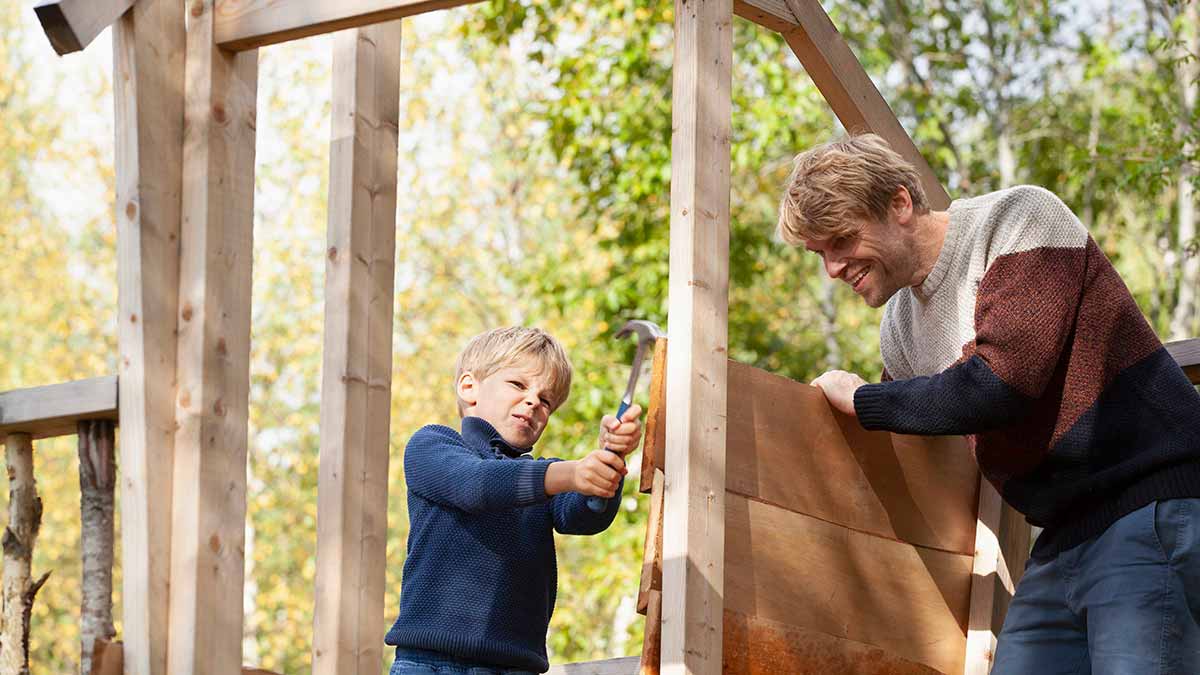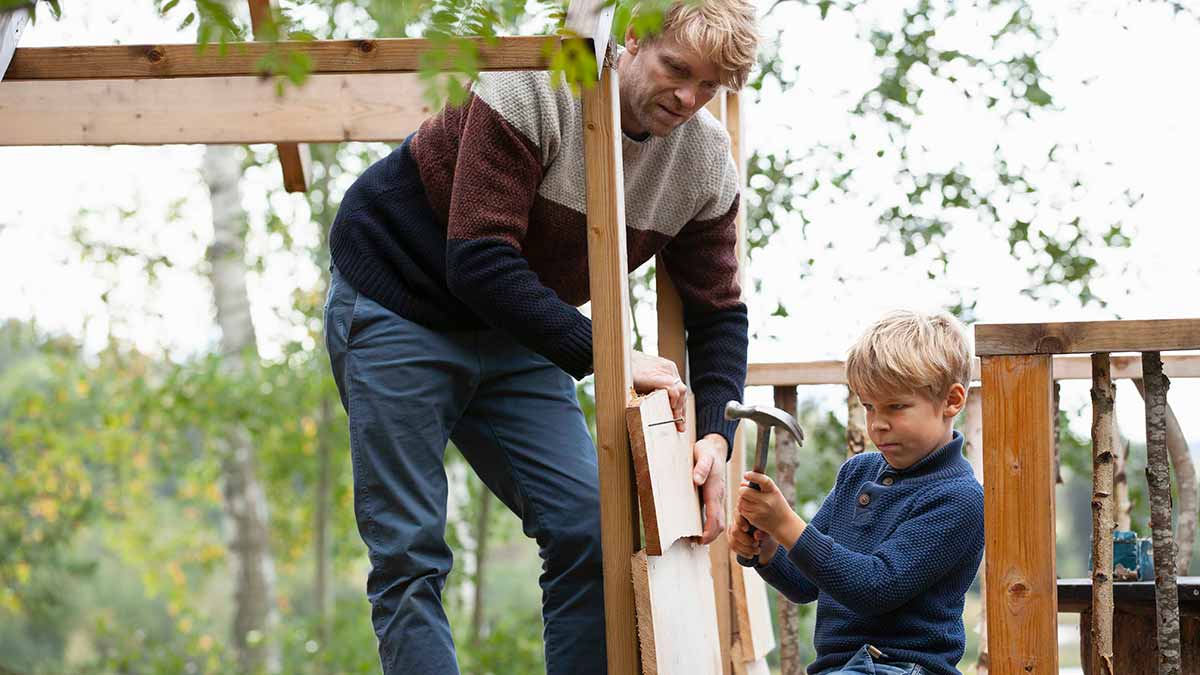A leaking pipe, a blocked drain or a suddenly cold shower can quickly disrupt your day - and, if ignored, can lead to expensive damage. If you have a waterworks problem, get these repairs done by a reliable, licensed plumber.
How to build a backyard treehouse

A treehouse is a great place for a child’s imagination to run wild, as long as it’s built with their safety in mind.
Best-selling children’s author Andy Griffiths has fond memories of afternoons at his cousin Dave’s place “lost in imaginative play” on a single platform in an oak tree.
From that simple memory Andy has gone on to create the bestselling Treehouse series for children, fuelling their imaginations with crazy antics such as money-making machines, flesh-eating piranhas and exploding eyeballs. “Even just the idea of a treehouse is exciting – perhaps there’s an inner monkey in all of us just aching to get out,” Andy says.
If you have a child who has read the Treehouse books and now wants a treehouse in your backyard, RACV trade training manager Andy Anderson says there are building and safety issues to consider first. He says building a treehouse presents more challenges than a standalone cubby house, and the design will depend on the tree.
“The mistake is to attach the structure to both the ground and the tree. That is a recipe for disaster,” he says. “Trees and the earth naturally move away from each other and wind and tree growth will end up tearing the treehouse apart.”
He suggests doing your research, keeping the design simple and consulting a carpenter or handyman with building experience if you’re unsure. “As adults, we tend to overdo things because we want it to look impressive, whereas as a kid, just being a metre off the ground is a big thing.”




